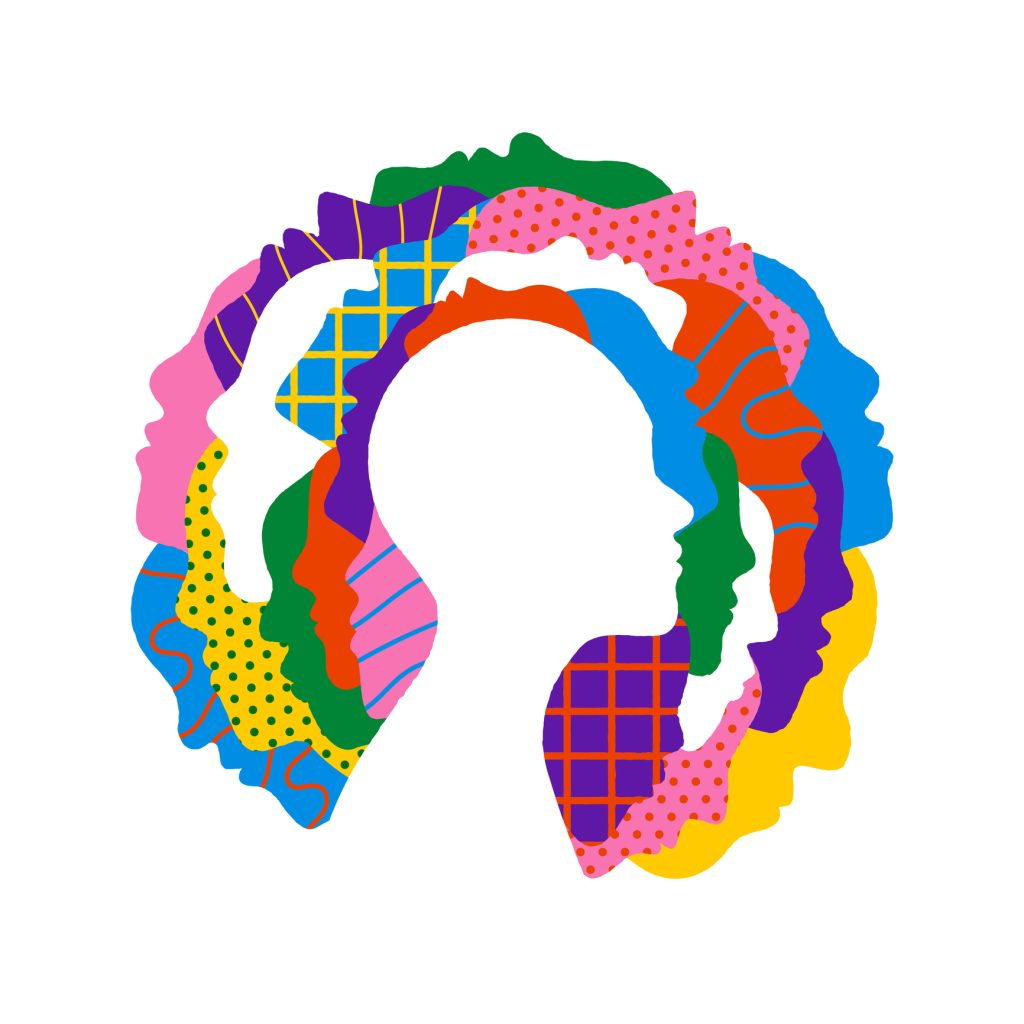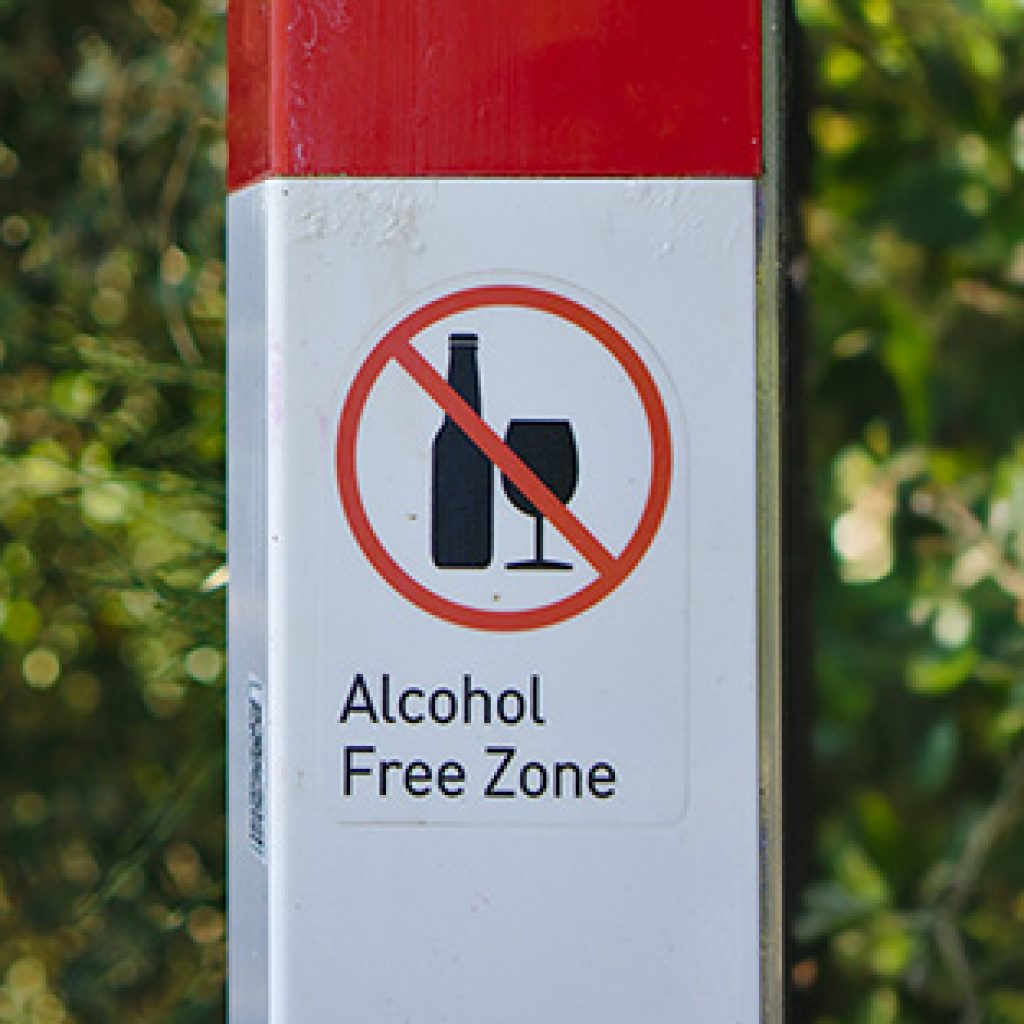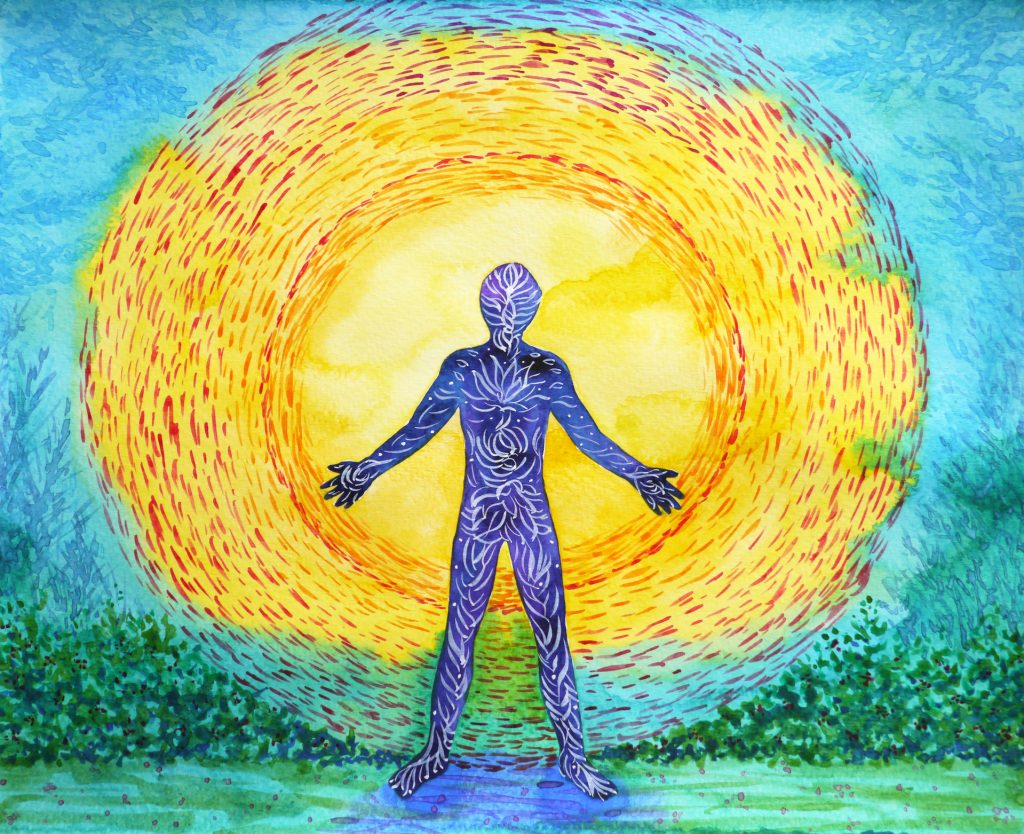A Beginner’s Guide to Gambling and Opioid Use Disorder for Behavioral Health Providers
A Beginner’s Guide to Gambling and Opioid Use Disorder for Behavioral Health Providers
Gambling Disorder
“Gambling disorder (GD) is a psychiatric condition featuring recurrent, maladaptive gambling behavior that leads to clinically significant distress. GD was reclassified recently into the “Substance-Related and Addictive Disorders” group of the Diagnostic and Statistical Manual of Mental Disorders, Fifth Edition (DSM-5)1, a first for a behavioral addiction” (Menchon, et al., 2018; American Psychiatric Association, 2013). While gambling is a harmless activity for most people who gamble, some – approximately one percent of the U.S. population – develop severe gambling disorder (Kessler, et al., 2008; Alegria, et al., 2009; Shaffer, et al., 1999). Some populations have higher rates of disordered gambling, such as youth and young adults, 6-9%, some ethnic and racial minorities, and those with other addictive behaviors or mental health disorders (Barnes, et al., 2010; Barry, et al., 2011; Kessler, et al., 2008; Petry, et al., 2005).
Opioid Use Disorder
ASAM defines addiction as ‘‘a treatable, chronic medical disease involving complex interactions among brain circuits, genetics, the environment, and an individual’s life experiences. People with addiction use substances or engage in behaviors that become compulsive and often continue despite harmful consequences’’ (ASAM, 2020).
“Opioid use disorder is a brain disorder that can range in severity from mild to severe. Diagnosis of this disorder is based on a checklist of symptoms defined in the Diagnostic and Statistical Manual of Mental Disorders, 5th Edition (DSM-5) developed by the American Psychiatric Association” (ASAM, 2020). The diagnostic criteria for opioid use disorder include “a problematic pattern of opioid use leading to clinically significant impairment or distress, as manifested by at least two of the following, occurring within a 12-month period:
- Taking larger amounts of opioids or taking opioids over a longer period than was intended
- Experiencing a persistent desire for the opioid or engaging in unsuccessful efforts to cut down or control opioid use.
- Spending a great deal of time in activities necessary to obtain, use, or recover from the effects of the opioid.
- Craving, or a strong desire or urge to use opioids.
- Using opioids in a fashion that results in a failure to fulfill major role obligations at work, school, or home.
- Continuing to use opioids despite experiencing persistent or recurrent social or interpersonal problems caused or exacerbated by the effects of opioids.
- Giving up or reducing important social, occupational, or recreational activities because of opioid use.
- Continuing to use opioids in situations in which it is physically hazardous.
- Continuing to use opioids despite knowledge of having persistent or recurrent physical or psychological problems that are likely to have been caused or exacerbated by the substance.
- Tolerance, as defined by either a need for markedly increased amounts of opioids to achieve intoxications or desired effect, or a markedly diminished effect with continued use of the same amount of an opioid.
- Withdrawal, as manifested by either the characteristic opioid withdrawal syndrome, or taking opioids to relieve or avoid withdrawal symptoms.
Tolerance and withdrawal criteria are not considered to be met for individuals taking opioids solely under appropriate medical supervision. Opioid use disorder can be classified by severity as mild, moderate, or severe” (DSM-5, 2013).
Data from the National Survey on Drug Use and Health (NSDUH) for 2018 estimated that 10.3 million people in the U.S.. aged 12 years or older misused opioids, with 9.9 million using pain relievers and 808,000 using heroin. There were 2 million people in the U.S. who met DSM-5 criteria for opioid use disorder, and recreational use of prescription opioids has been shown to be associated with subsequent heroin use 19 times greater among those who reported nonmedical prescription opioid use compared to respondents who did not use prescription opioids recreationally (SAMHSA, 2019).
Co-occurring Disorders
Substance use disorders are recognized as part of the psychiatric spectrum in current clinical practice. They are described as chronic relapsing disorders and often occur with mental disorders (American Psychiatric Association, 2013). In Europe, it is estimated that approximately 50% of those with substance use disorders experience at least one additional psychiatric disorder (EMCDDA, 2015). The World Health Organization (2018) identified mental and substance use disorders as the leading cause of disability worldwide. Comorbidity is described as being when a person has two or more disorders at the same time or one after the other. The interactions between two or more disorders can worsen the course of both. In the U.S. estimates are that of the 20.3 million adults with substance use disorders, 37.9% have had mental illnesses. 7.7 million adults have co-occurring mental and substance use disorders (Han, et al., 2017). With the data previously quoted, the issue of comorbidity of opioid use disorder and gambling disorder poses an important issue that is further complicated by the fact that people who have been dually diagnosed are not receiving much needed treatment. According to existing data just:
- “52.5% of those with co-occurring conditions received neither mental health care nor substance use disorder treatment.
- 34.5% of those with co-occurring conditions received mental health care only.
- 09.1% of those with co-occurring conditions received both mental health care and substance use disorder treatment.
- And 3.9% of those with co-occurring conditions received substance use disorder treatment only” (Han, et al., 2017).
Barriers to Treatment of Comorbidities
The reasons adults with co-occurring disorders did not receive mental health care include:
- 52.2% said they could not afford the cost.
- 23.8% said they did not know where to go for treatment.
- 23.0% said they could handle the problem without treatment.
- 13.6% said they feared being committed.
- 12.4% said it might cause their neighbors to have a negative opinion of them.
- 11.1% said they did not think treatment would help.
- 10.6% said they did not have the time.
- 10.1% said they were concerned about confidentiality.
Barriers also exist for unique settings and populations. A CASAT OnDemand blog post of January 22, 2020, Breaking Down Barriers to Treatment: Reaching Parity for Rural Clients with Co-occurring Substance Use Disorders and Serious Mental Illness, lists many of the specific barriers to treatment for mental health and substance use disorders that exist for rural clients and research-based methods for overcoming those barriers.
Another CASAT OnDemand blog post from September 27, 2019, What Are the Odds Your Mental Health Client in Nevada Has a Gambling Problem? Or: Pathways to Gambling Disorder: Why Screening and Assessment of All Behavioral Health Clients is So Important, lists some of the most common comorbidities for people with gambling disorder.
And finally, the CASAT OnDemand blog post of February 12, 2020, Problem Gambling Awareness Month 2020: A Toolkit and Tips for Behavioral Health Professionals, provides specific actions that behavioral health providers can take to address the issue of comorbidity – especially undiagnosed comorbidity. The tips for taking action about gambling disorder among current clients bear repeating:
- Know what Gambling Disorder is from a mental health perspective. Most people understand that gambling disorder involves betting something of value on a game of chance. While most people think of casinos, slot machines, and card games as “gambling,” fewer people -even some professionals- are aware that bingo, lottery tickets, and even the stock market can be considered gambling and can result in significant impact on the lives of those who gamble, their loved ones, and their friends. Criteria developed in the DSM 5 can help define and identify Gambling Disorder.
- Screen your clients for gambling disorder. Regularly. Research shows that gambling disorder may not evolve until the person is well into recovery from another behavioral health disorder. Therefore, screening in the initial stages of treatment, which is very important for determining co-occurring disorders, is not enough (Crockford and El-Guebaly, 1998; Cunningham-Williams, et al, 2000). Screening provides an opportunity to refer the person who meets initial criteria to a trained clinical professional for a face-to-face evaluation. This year’s Gambling Disorder Screening Day is Tuesday, March 10, 2020.
- Use recommended Screening Tools. Many have been developed for initial screening for gambling disorder, such as the Brief Biosocial Gambling Screen (BBGS), the DSM-5 Gambling Disorder Criteria, and the NORC Diagnostic Screen for Gambling Problems Self-administered (NODS-SA). Additional information on screening tools can be found in the Gambling Disorder Screening Day 2020 Toolkit that was developed for the NCPG by Cambridge Health Alliance Division on Addiction.
- Advocate for programs and services that will help those with gambling disorder and their loved ones and friends. If advocacy is unfamiliar to you, join with others who “know the ropes” such as the NCPG. You may even decide to attend Problem Gambling Advocacy Day 2020, scheduled for TBD in March, April, or early May of 2020 in Washington, DC to become more engaged, network with other advocates, and educate federal legislators about gambling disorder. Registration for this even is available until March 1, 2020.
- Educate clients and others in your practice or other spheres where you have influence by making information available and bringing it to the level of conversation in the course of your daily work activities. This can be as simple as providing a list of NCPG resources or by contacting your State Affiliate for state-specific resources, self-help resources, support resources for family and friends, and treatment resources.
What the Most Recent Research Shows
For behavioral health providers who are treating clients with opioid use disorder or gambling disorder the most important step to take is screening clients for other behavioral health disorders regularly because research is supporting the premise that comorbidities are highly likely and are highly likely when treatment for an existing condition is successful. Studies show that when a diagnosed condition is being successfully treated, other conditions that are undiagnosed that are not being treated may be intensified (Silbernagl et al., 2019). A recent study of opioid use disorder treatment identified coaddictions in 97% of the sample (n=263) and problematic gambling in 10% of the sample. The study reported that patients’ comorbid conditions worsened substantially if the co-occurring disorders were left untreated and hypothesized that the “switching addiction” phenomenon could explain the intensifying of other disorders (Grall-Bronnec, et al., 2019). The authors concluded that these results “should prompt us to consider the patient’s situation as a whole and not to focus only on the Opioid use disorder, even if it is the main disorder and the reason for referral.” A recent white paper on treatment implications for comorbid gambling and substance use disorders examined the similarities between substance use disorders and gambling disorders, highlighting the feature common to both of inability to inhibit or control behavior that is the hallmark of high levels of impulsivity and risk-taking. The authors also cited multiple studies of pharmacological treatment for both had mixed results with no pharmacological agent currently approved in any country for treatment of gambling disorder (Grant & Chamberlain, 2020).
Training Opportunities for Gambling and Opioid Use Disorders
The following upcoming webinars are being offered by CASAT Training:
Gambling Problems in US Military Veterans – June 12, 2020; Time: 9:00 am – 11:00 am (PST); Presenter: Shane Kraus, PhD
Description:
This webinar will cover gambling problems among US Military Veterans. A review of the current/relevant studies will be discussed. Several case vignettes of veterans with gambling disorder and other mental health disorders will be shared and discussed with the audience. This discussion will be guided by data collected from two VA studies. Discussion around ways of engaging veterans into care with problem gambling. We will review data on screening for at-risk/problem gambling from two VA studies. We will discuss strategies for effective screening when working with veterans and non-veterans.ng veterans into care with problem gambling. Learning objectives:
- Review co-occurring mental health disorders associated with Gambling Disorder among military veterans.
- Identify barriers to military veterans getting help for their gambling problem.
- Discuss screening and treatment approaches for treating veterans with Gambling disorder.
Gambling and Opioid Use Disorder: Intersections and Integration – June 16, 2020; Time: 11:00 am – 1:00 pm (PST); Presenter: Loreen Rugle, PhD.
Description:
Clients in treatment for Opioid Use Disorders, particularly those in medication assisted treatment have been found to have extremely high rates of co-occurring gambling disorder. This webinar will review the research on the co-occurrence of gambling disorder and opioid use disorder, focusing on both quantitative and qualitative research that has sought to understand this connection. Transcripts from clients in medication assisted treatment will be used to illustrate the role gambling plays in their lives and recoveries. Strategies for screening and treating gambling issues among those in treatment for opioid use disorders will be discussed. Learning Objectives:
- Participants will gain an understanding of the current research on the prevalence and connection of gambling problems among those in treatment for an opioid use disorder
- Participants will gain an awareness of the impact of gambling and problem gambling on recovery from opioid use disorders
- Participants will be able to identify specific strategies to address gambling and problem gambling in those in treatment for opioid use disorders
Additional blog posts on opioids and gambling disorder can be found in the Catalyst blog.
Check out the Resources & Downloads section for topic-related links and resources.
Share your suggestions for helping clients with opioid use disorder or gambling disorder in the comments below!
References
Alegría AA, Petry NM, Hasin DS, et al. Disordered gambling among racial and ethnic groups in the US: Results from the National Epidemiologic Survey on Alcohol and Related Conditions. CNS Spectrum. 2009;14(3):132–142.
American Psychiatric Association. Diagnostic and Statistical Manual of Mental Disorders: DSM-5. Washington, D.C: American Psychiatric; 2013, doi:10.1016/j.drugalcdep.2009.05.021.
Barnes GM, Welte JW, Hoffman JH, Tidwell M-CO. Comparisons of gambling and alcohol use among college students and noncollege young people in the United States. J Am Coll Health. 2010;58(5):443–452.
Barry DT, Stefanovics EA, Desai RA, Potenza MN. Differences in the Associations between Gambling Problem Severity and Psychiatric Disorders among Black and White Adults: Findings from the National Epidemiologic Survey on Alcohol and Related Conditions. Am J Addictions. 2011;20(1):69–77.
EMCDDA. (2015). Comorbidity of substance use and mental disorders in Europe, EMCDDA Insights, Publications Office of the European Union, Luxembourg.
Grall-Bronnec, M., Laforgue, E., Challet-Bouju, G., Cholet, J., Hardouin, J., Leboucher, J., . . . OPAL Grp. (2019). Prevalence of coaddictions and rate of successful treatment among a french sample of opioid-dependent patients with long-term opioid substitution therapy: The OPAL study. Frontiers in Psychiatry, 10 doi:10.3389/fpsyt.2019.00726 —Keywords: opioid use disorder, opioid substitution therapy, opioid use disorder treatment, coaddictions, problem gambling, unsuccessful treatment
Grant, J. E., & Chamberlain, S. R. (2020). Gambling and substance use: Comorbidity and treatment implications. Progress in Neuropsychopharmacology & Biological Psychiatry, 99, 109852. doi:10.1016/j.pnpbp.2019.109852
Han B, Compton WM, Blanco C, Colpe LJ. Prevalence, Treatment, And Unmet Treatment Needs Of US Adults With Mental Health And Substance Use Disorders. Health Aff Proj Hope. 2017;36(10):1739-1747. doi:10.1377/hlthaff.2017.0584
Kessler RC, Hwang I, LaBrie R, et al. DSM-IV pathological gambling in the National Comorbidity Survey Replication. Psychol Med. 2008;38(9):1351–60.
Petry NM, Stinson FS, Grant BF. Comorbidity of DSM-IV pathological gambling and other psychiatric disorders: results from the National Epidemiologic Survey on Alcohol and Related Conditions. J Clin Psychiatry. 2005;66(5):564–74.
Schwaninger, P. V., Mueller, S. E., Dittmann, R., Poespodihardjo, R., Vogel, M., Wiesbeck, G. A., . . . Petitjean, S. A. (2017). Patients with non‐substance‐related disorders report a similar profile of childhood trauma experiences compared to heroin‐dependent patients. The American Journal on Addictions, 26(3), 215-220. doi:10.1111/ajad.12512
Shaffer HJ, Hall MN, Vander Bilt J. Estimating the prevalence of disordered gambling behavior in the United States and Canada: a research synthesis. Am J Public Health. 1999;89(9):1369–76.
Substance Abuse and Mental Health Services Administration (SAMHSA). Key Substance Use and Mental Health Indicators in the United States: Results from the 2018 National Survey on Drug Use and Health. Rockville, MD: Center for Behavioral Health Statistics and Quality; 2019, https://www.samhsa.gov/data/.
The ASAM national practice guideline for the treatment of opioid use disorder: 2020 focused update. (2020). Journal of Addiction Medicine, 14, 1-91. doi:10.1097/ADM.0000000000000633
Blog Post Tags:
Related Blog Posts
Related Learning Labs
Related Resources
.
- Buscar Tratamiento de Calidad para Trastornos de uso de Sustancia (Finding Quality Treatment for Substance Use Disorders Spanish Version)
- Finding Quality Treatment for Substance Use Disorders
- Focus On Prevention: Strategies and Programs to Prevent Substance Use
- Monthly Variation in Substance Use Initiation Among Full-Time College Students
- The National Survey on Drug Use and Health (NSDUH) Report: Monthly Variation in Substance Use Initiation Among Adolescents









I’ve been gambling for quite some time now but have never considered this as an addiction, but upon reading more about the topic– I think that I need to evaluate my recent activities…very concerning indeed…